In the heart of East Africa, Kenya offers visitors a sumptuous tapestry of ecological wonders. The rich mosaic of its landscapes ranges from iconic African savannah, afro-alpine ‘sky-islands’ and densely lush rainforests, to the arid desert landscapes of the Chalbi and Nyiri deserts.
A safari in Kenya offers visitors no fewer than 60 national parks and reserves to revel in! Kenya harbours an astonishing array of unique plants and animals, making it a sparkling jewel in Africa’s wildlife crown. The famous Maasai Mara is a world-renowned destination for wildlife lovers and photographers alike.
Apart from its well-known acacias and towering baobabs, Kenya’s floral kingdom also contains a host of lesser-known but no less fascinating species that contribute to the country’s impressive botanical diversity. Let’s look at just a few of Kenya’s fascinating plant species:
Interesting and unique plants in Kenya:
1. Whistling Thorn Acacia (Vachellia drepanolobium)
This tree, found primarily in the savannahs of East Africa, isn’t just any old acacia* tree! It presents a wonderful illustration of mutualism or coexistence. The tree is classified as a myrmecophyte, a species that has a symbiotic relationship with ants. The 6-metre tall tree produces many thorns, some of which have enlarged, bulbous bases called galls.
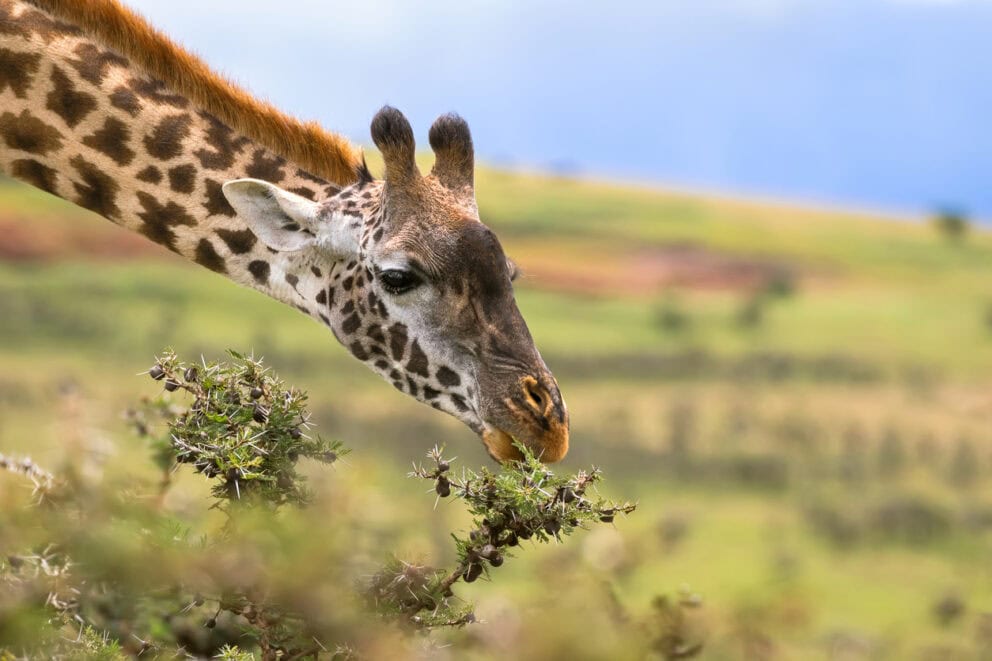
These hollow swollen spines serve as habitats and shelter for the ants. In return, the ants protect the tree from herbivores. When the tree is browsed by an animal, the ants swarm out and attack them! The intriguing ‘whistling’ sound occurs when the wind blows across the holes left in the galls by ants moving in and out of the thorns.
*Note that acacias have recently been renamed as vachellias, so this should, in fact, be called the whistling thorn vachellia. However, the name acacia seems to be stubbornly hanging on!
2. Flame Lily (Gloriosa superba)
This strikingly beautiful perennial climbing lily is well-named, as it’s indeed both glorious and superb! It’s characterised by the brilliantly coloured red or yellow flower tepals that curve backwards and do look very much like flames.
It grows in various habitats, including tropical jungle, thickets, woodland, and grassland. It’s probably pollinated by sunbirds and butterflies with the shape of the flowers suggesting butterflies as the main pollinator. Flame lilies is a unique plant that can grow in nutrient-poor soils and sand dunes, and can occur at elevations as high as 2,500 metres or well over 8,000 feet.
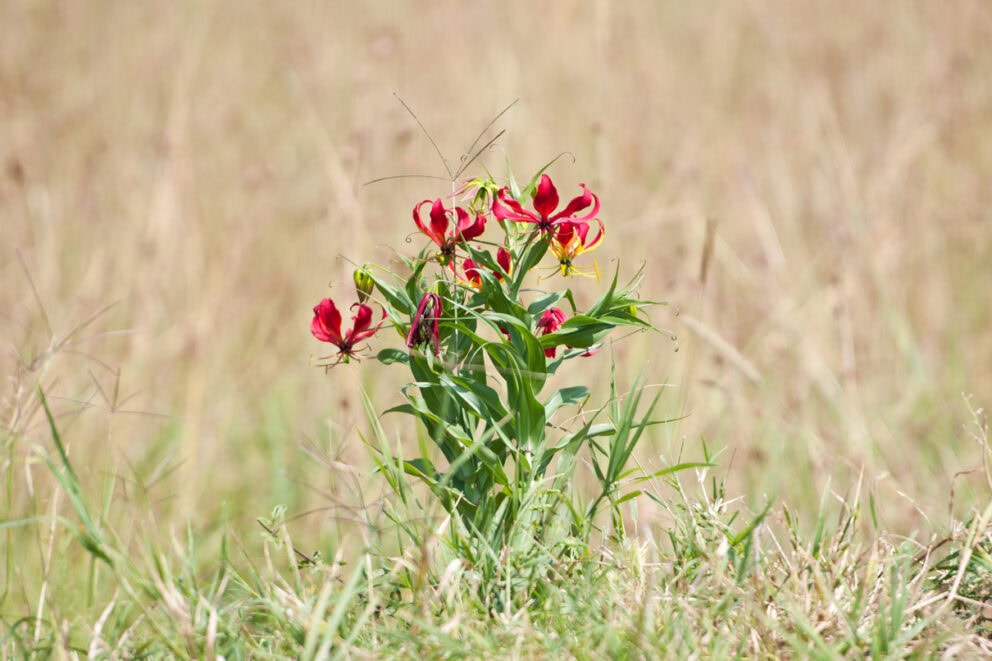
But beware – despite its beauty, every part of this fiery masterpiece of nature is toxic enough to cause death in both humans and animals. The tubers are particularly poisonous and contain high levels of the toxic alkaloids colchicine and gloriocine. It’s even reputed to have been used to commit suicide and murder!
3. Kenya’s Giant Groundsel (Dendrosenecio keniodendron)
Growing on the towering heights of Mount Kenya and the Aberdare Mountains, Kenya’s endemic giant groundsels are both somewhat bizarre and awe-inspiring. These huge plants have large, prolific, evergreen rosette-shaped collections of leaves at the top of thick, woody stems, and can stand as tall as eight metres or 26 feet.
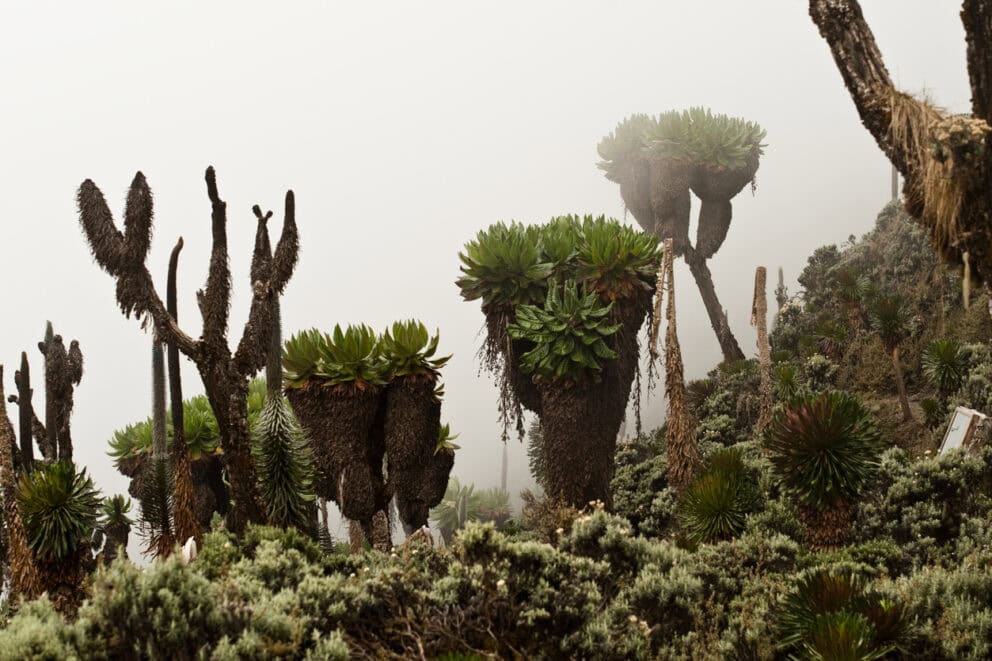
About once in ten years, they produce bright yellow flowers on a single flower spike that can be over two metres or six feet tall. The flowers are mostly wind-pollinated, and each flowering episode is followed by new forks forming in the stem.
This branching suggests that the plants only flower about four times during their lifetimes. At these frigid altitudes, the plants protect themselves against freezing by closing their leaves at night, and then opening them again when it warms up during the day.
4. Impala Lily (Adenium multiflorum)
Also known as Adenium obesum, the impala lily is a smallish succulent tree or shrub with a fleshy water-storing trunk. It’s a unique plant in Kenya that can reach up to three metres or 10 feet in height, and contains a toxic white latex that contains cardioactive steroids and glycosides.
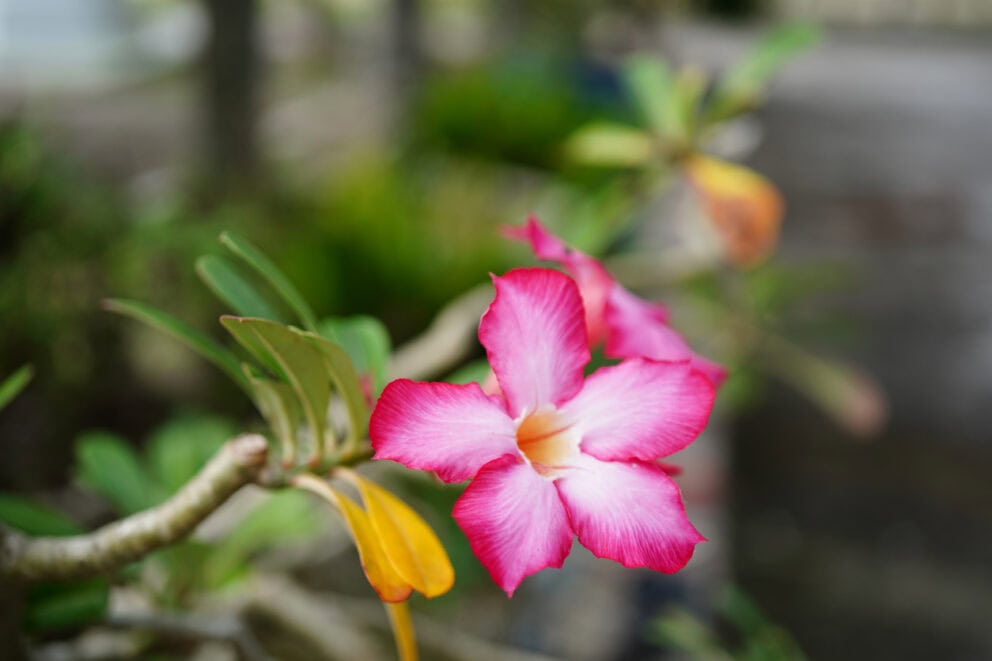
The plant is bare for most of the year with leaves only appearing after it’s flowered from July to mid-September. The gorgeous flowers present as terminal inflorescences and their colours vary from pink to white, with vivid red stripes and deep pink to flaming red margins.
It occurs in Zambia, Malawi, Zimbabwe, Mozambique, South Africa and Eswatini (Swaziland). In Kenya, it thrives in the dry and arid landscapes of the Samburu National Reserve. The impala lily prefers sandy soils, rocky habitats, and dry woodlands.
5. Sausage Tree (Kigelia africana)
The sausage tree, found widely in Kenya and throughout sub-Saharan Africa, is named for its large fruit that dangle from the tree like giant grey sausages. The tree offers a feast to birds and animals when it’s in flower. It also looks spectacular with the panicles of dark-red flowers festooning it. Its pollinators include the dwarf epauletted fruit bat, numerous bird species and insects.

The sausage tree is used in traditional medicine in Kenya as its fruit, leaves, and bark are believed to have medicinal properties and are good for skincare. The tree is used in rituals and ceremonies, to make dye and in the fermentation of beer. Mekoros (dug-out canoes) are often made from the large roots and trunks of sausage trees.
Some more unique plants in Kenya:
The Baobab Tree (Adansonia digitata)
There are nine species of baobab, and this iconic tree is found in many parts of Africa, Madagascar and Australia. In Kenya it occurs in various counties including Kilifi, Taita-Taveta, Makueni, Lamu and Tharaka Nithi. Baobabs is a unique plant renowned for its unique appearance, and massive, water-rich, swollen trunks. They can grow to enormous heights and tremendous circumferences and can live up to 5,000 years. They provide sustenance, shelter, and numerous resources for both wildlife and human populations.
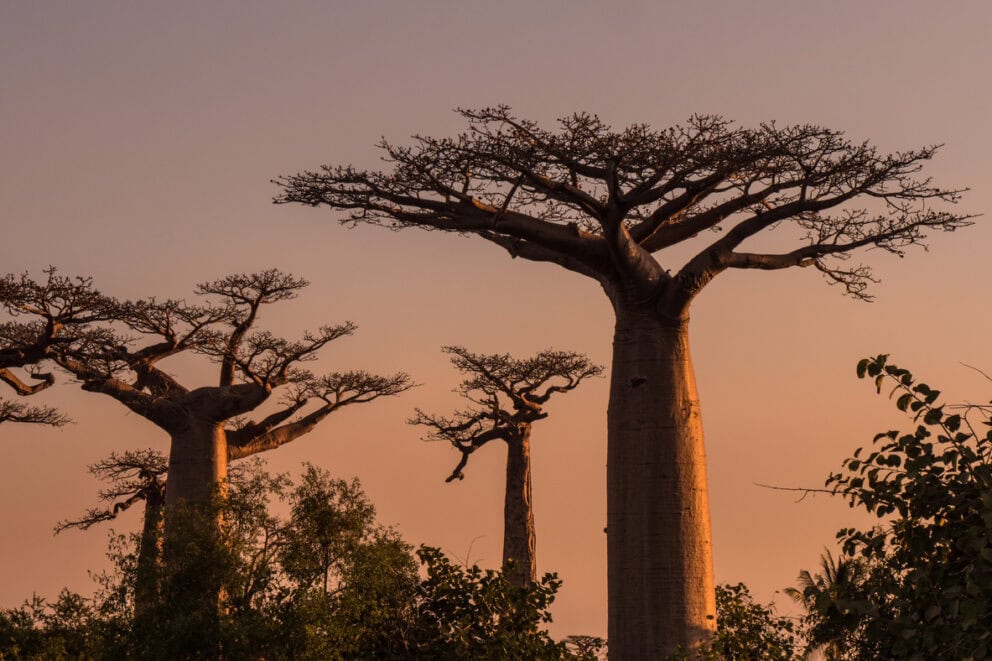
In Kenya, this ‘tree of life’ is valued for its medicinal properties and as an emblem of longevity. The baobab’s fruit is highly nutritious, rich in vitamin C, calcium and potassium, and it has anti-inflammatory properties. Its leaves are utilised in traditional medicines to treat malaria, fever and diarrhoea. Boabab trees are often the sites for religious rituals and gatherings. The recent uprooting and exporting of baobab trees to the European country of Georgia sparked such outrage and protest that government permission to do so was withdrawn.
The Yellowwood Tree (Afrocarpus falcatus)
This is the East African yellowwood tree that grows in Kenya. They are evergreen trees that can reach heights of up to 30 metres, which is well over 100 feet. They’re common in the upland forests on the slopes of Mount Kenya and is an important tree species in the region. They are valued for their excellent timber and their ecological importance, contributing to the country’s biodiversity. The famous wood of the yellowwood is very hard and strong and is used to make furniture and other objects.
The African Milk Tree (Euphorbia trigona)
The African Milk Tree is a species of flowering succulent plant that is also called the cathedral cactus, or Abyssinian euphorbia. It is characterised by a thick, cylindrical stem adorned with many ridges and spines. The African milk bush grows rapidly and is therefore often used as a hedge. In Kenya, euphorbia species are often grown as live fences around homesteads, fields, and cattle enclosures. It’s important to note that this tree contains a milky latex that is highly toxic.
Kenya and its flora and fauna offer unrivalled wildlife viewing, amazing and diverse landscapes, and unmissable safari opportunities. Why not book your Kenya safari with us, the acknowledged safari experts? And if you’re a keen hiker, there’s no better way to enjoy the wonders of Kenya’s amazing plant kingdom than with a Kenyan walking safari!






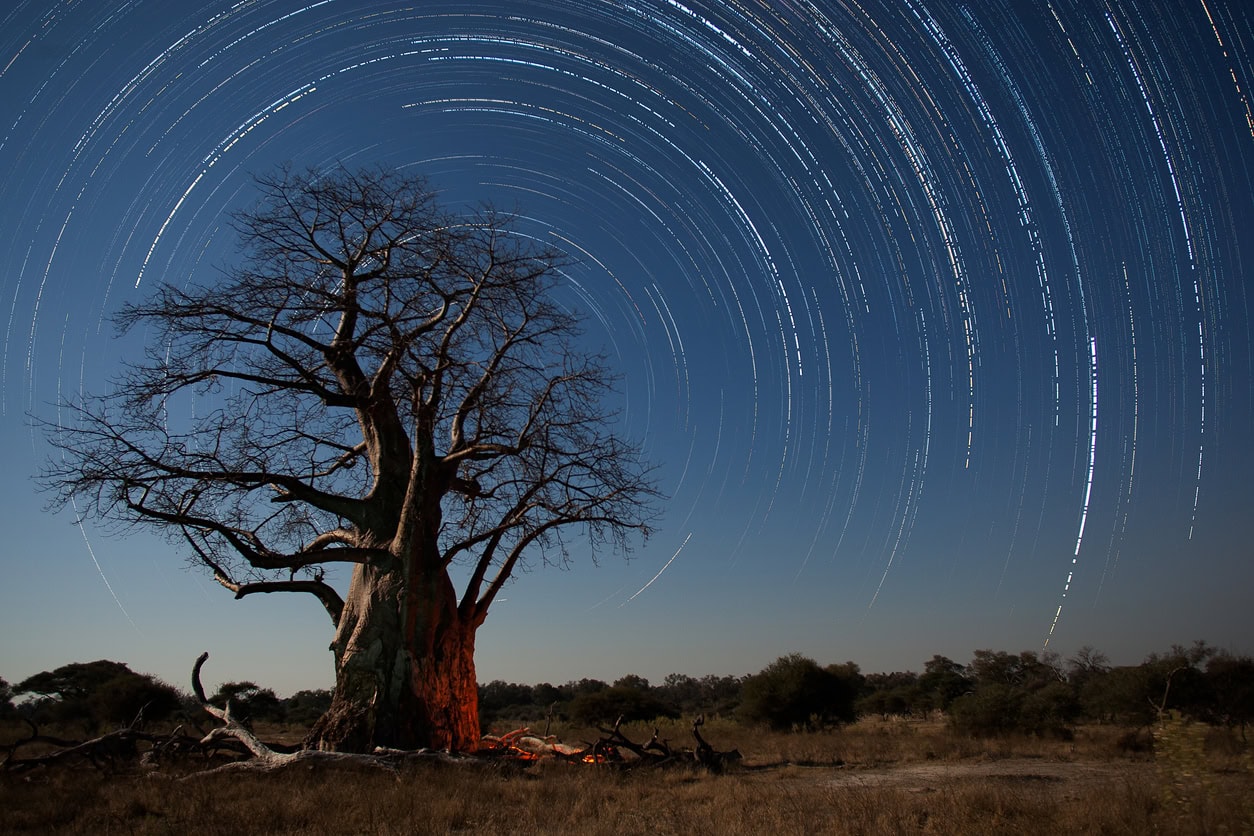


 Blog List
Blog List

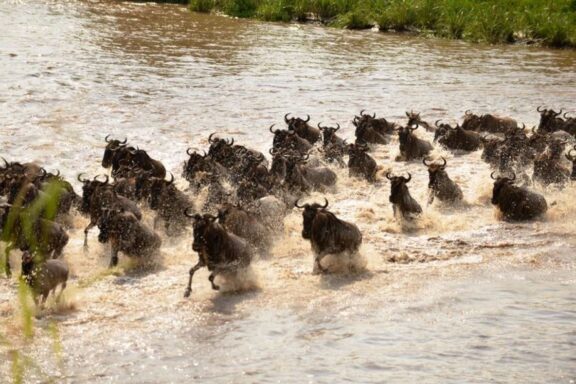


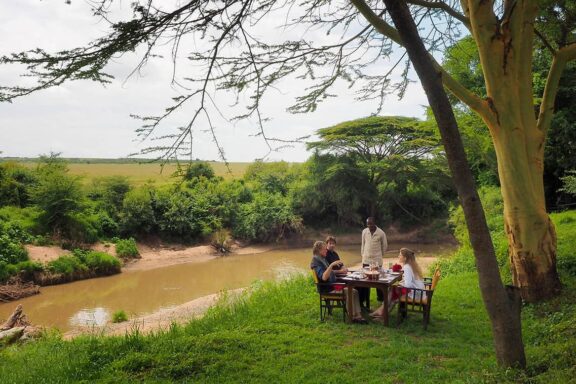



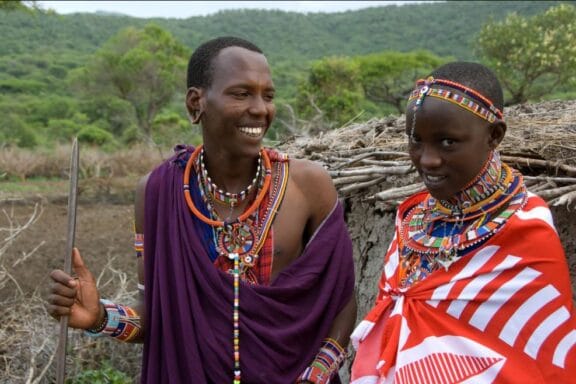
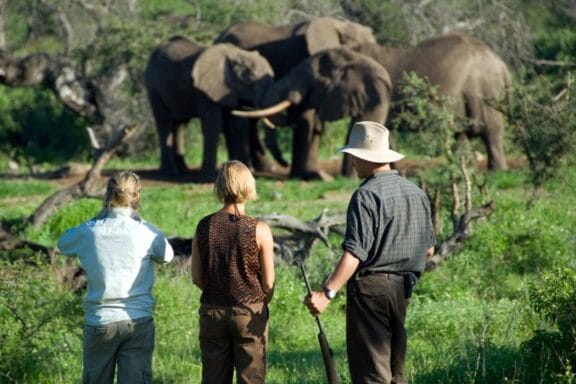

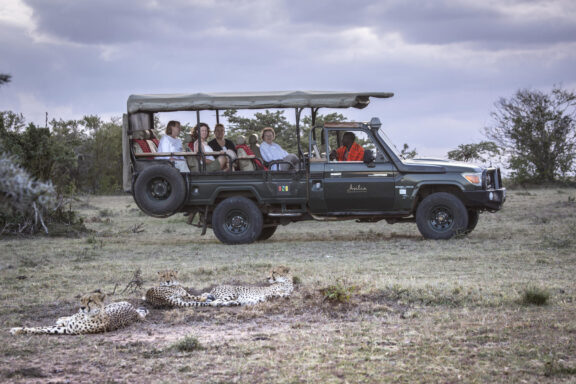
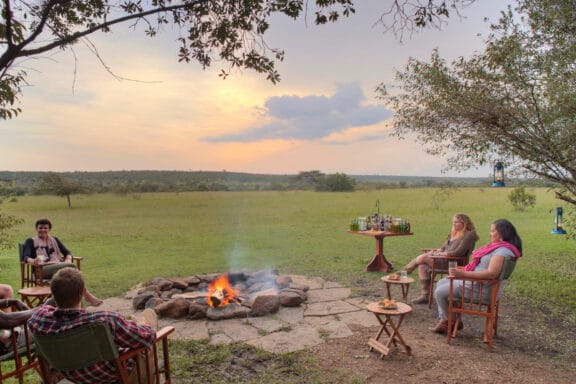
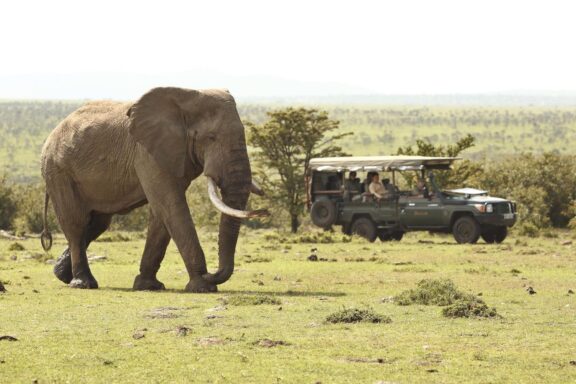








Written by Johnieka Holtzhausen
• Travel Writer
Verified by Matthys Van Aswegen
• Africa Safari Expert
Part of the Kenya Safari Collection